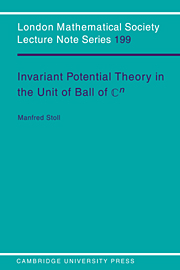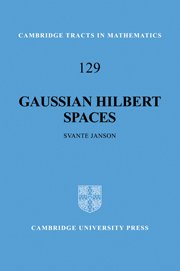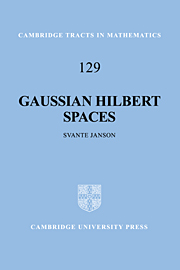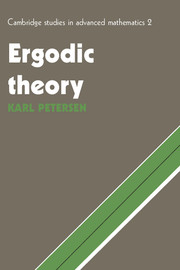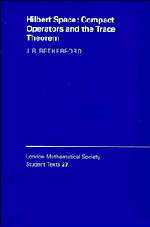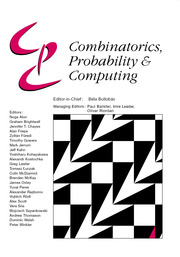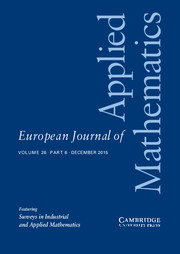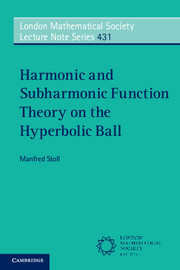Invariant Potential Theory in the Unit Ball of Cn
This monograph covers Poisson-Szegö integrals on the ball, the Green's function for ^D*D and the Riesz decomposition theorem for invariant subharmonic functions. The extension to the ball of the classical Fatou theorem on non-tangible limits of Poisson integrals, and Littlewood's theorem on the existence of radial limits of subharmonic functions are covered in detail. It also contains recent results on admissible and tangential boundary limits of Green potentials, and Lp inequalities for the invariant gradient of Greens potentials. Applications of some of the results to Hp spaces, and weighted Bergman and Dirichlet spaces of invariant harmonic functions are included.
- Author is acknowledged expert in this field
- First book covering this material
Reviews & endorsements
"The topics included in this book are well chosen and well presented." Walter Rudin, Bulletin of the American Mathematical Society
Product details
May 1994Paperback
9780521468305
184 pages
228 × 152 × 11 mm
0.271kg
Available
Table of Contents
- 1. Notation and preliminary results
- 2. The Bergman kernel
- 3. The Laplace–Beltrami operator
- 4. Invariant harmonic and subharmonic functions
- 5. Poisson–Szegö integrals
- 6. The Riesz decomposition theorem
- 7. Admissible boundary limits of Poisson integrals
- 8. Radial and admissible boundary limits of potentials
- 9. Gradient estimates and Riesz potentials
- 10. Spaces of invariant harmonic functions
- References.

